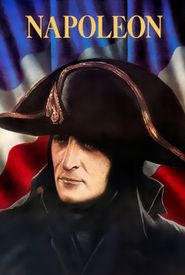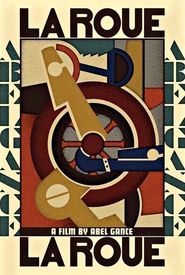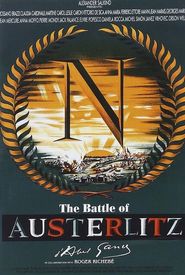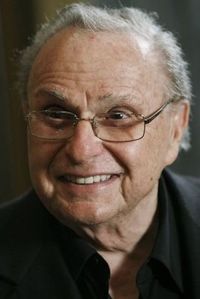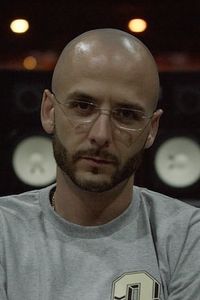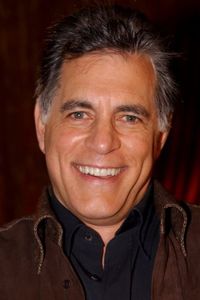Abel Gance was a French filmmaker of immense talent and influence, whose contributions to the development of cinematic language and technique continue to be celebrated and studied by film enthusiasts and scholars alike. As a pioneering director, producer, writer, and actor, Gance left an indelible mark on the art of filmmaking, particularly in the realm of montage, where his innovative and experimental approach revolutionized the way stories were told on screen.
Gance's most notable works are undoubtedly his three major silent films, each of which showcased his mastery of editing techniques and his willingness to push the boundaries of what was possible in the medium. Released in 1919, "J'accuse" was a powerful anti-war drama that utilized Gance's unique montage style to convey the horrors of conflict and the devastating impact it had on civilians.
Born in the City of Light, Paris, in the year 1889, a young and ambitious filmmaker named Abel Gance embarked on a journey that would take him to the forefront of the burgeoning film industry. His entry into the world of cinema dates back to 1909, when he made his acting debut in a film, simultaneously honing his skills as a writer of scenarios, which he would frequently sell to the prestigious Gaumont film company.
Despite being diagnosed with tuberculosis, a disease that was often fatal at the time, Gance refused to let his health issues hold him back. Against all odds, he made a remarkable recovery and, in 1911, went on to establish his own production company, Le Film Français, a groundbreaking venture that would allow him to bring his creative vision to life.
As the years went by, Gance's talent and dedication to his craft began to gain widespread recognition, and he soon found himself at the helm of his own films, directing with a passion and flair that would leave a lasting impact on the world of cinema.
Throughout the tumultuous years of World War I, French filmmaker Abel Gance remained steadfast in his pursuit of cinematic excellence, continuing to write and direct numerous films for the esteemed film company Film d'Art until the war's eventual conclusion in 1918.
During this remarkable period, Gance managed to craft an impressive array of over a dozen successful films, each one showcasing his remarkable talent and versatility as a filmmaker. Among his most notable creations was the iconic film J'accuse, which premiered in 1919 and tackled the devastating themes of war and its far-reaching consequences with unflinching candor.
The 1920s marked a pivotal period in the career of Gance, a visionary filmmaker who embarked on his most ambitious project to date - a monumental six-part biopic chronicling the life of the legendary Napoléon. While only the initial installment of this grandiose endeavor was ultimately completed, it nevertheless provided a tantalizing glimpse into Gance's innovative storytelling techniques and technical prowess.
The pioneering filmmaker's use of rapid cutting, hand-held cameras, and superimposition of images was a hallmark of his artistic style, and Napoléon was no exception. Gance's groundbreaking Polyvision system, a patented innovation that enabled the creation of a widescreen effect, was also showcased in the film.
The cinematic masterpiece's stunning finale was a testament to Gance's imagination and technical expertise. A breathtaking panoramic image of a French flag was achieved through the ingenious use of tinting, where the outer two film panels were dyed a vibrant blue and red. This visually striking conclusion left a lasting impression on audiences, solidifying Gance's reputation as a master of his craft.
As the curtain closed on this ambitious project, Gance's legacy as a visionary filmmaker was forever cemented, inspiring future generations of artists and technicians to push the boundaries of cinematic storytelling.
Abel Gance's creative journey with Napoléon was a testament to his unwavering dedication to his craft, as he continued to meticulously edit his footage and hone his filmmaking skills throughout his life.
The original 1927 cinematic masterpiece, Napoléon, remained lost for an extended period, shrouded in mystery, until the pioneering efforts of film historian Kevin Brownlow, who painstakingly reconstructed a five-hour version of the film in the 1970s.
This rediscovery of Gance's magnum opus brought the visionary filmmaker a belated yet well-deserved recognition, cementing his status as a trailblazing figure in the evolution of the film industry, and forever securing his place in the annals of cinematic history.
Notable filmmaker Abel Gance left an indelible mark on the evolution of cinematic technique, with his groundbreaking innovations continuing to be acknowledged and revered to this very day. A true visionary, Gance was constantly pushing the boundaries of creative expression, skillfully experimenting with an array of pioneering techniques, including the bold and daring use of superimposition, the striking and intimate application of extreme close-ups, the dynamic and kinetic employment of fast rhythmic editing, and the innovative and fluid deployment of mobile camera shots.
Furthermore, Gance's work predates the advent of sound and color film, solidifying his position as a true pioneer and trailblazer in the field of cinema, his influence and contributions remaining a testament to his unwavering dedication to the art of filmmaking.

